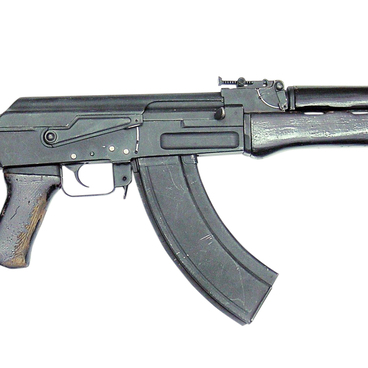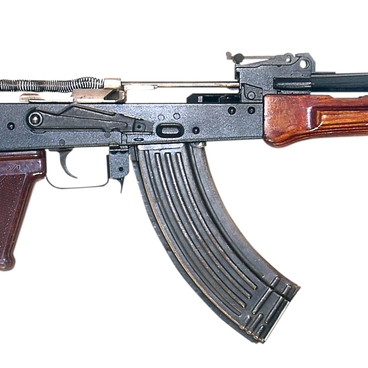In their work, the 20th-century constructors used a special device — a drawing table. It consisted of a board mounted on a tripod, a lamp, and a system of levers connected by hinges. On these levers, an angle gauge head and two rulers were fixed at an angle of 90 degrees to each other.
The goniometer of the device provided the accuracy of the angle reading up to 5 minutes (a minute is equal to 1/60 of a degree). It allowed a constructor to snap the rulers in 15-degree increments and fix them in any suitable position. The head had two reference scales, forward and reverse, and a device for shifting them to build projections at an angle. The table was equipped with a brake for fixing the position of the angular instrument, turning from the plane of the board by 90 degrees. There were also devices for adjusting (leveling) the rulers.
The drawing board, presented in the museum’s collection, is called Kuhlmann after its creator, the German inventor and entrepreneur Franz Kuhlmann. In 1903, he founded the company Franz Kuhlmann KG, which produced high precision mechanical devices, its most famous product being a movable professional drawing board. Its design was patented in many countries worldwide. In 1953, Kuhlmann was awarded the Order of Merit of the Federal Republic of Germany. He also became an honorary citizen of his hometown of Wilhelmshaven.
In the pre-war years of active industrial and trade cooperation between the USSR and Germany, Izhevsk Machine-Building Plant No. 74 often received German equipment, which, in addition to machine tools and power units, included drawing boards as well.
Mikhail Kalashnikov received one of those when he started working in the chief designer’s department of the plant on September 1, 1949. According to his colleagues, Kalashnikov often leaned on his old drawing board with the whole body, except his left arm that had been wounded at the front, and it never broke. Kalashnikov worked at this board for several decades, even in the late 1970s, when new Czechoslovak drawing boards were delivered to the enterprise.
In 2004, Kalashnikov’s drawing table was transferred to the museum. In the old exhibition, it was decorated with a sheet of Whatman paper with a drawing of the AK-47 side view. In the updated exhibition, the drawing table “comes to life”, for it can “draw” several types of Kalashnikov assault rifles with the help of a projector.
The goniometer of the device provided the accuracy of the angle reading up to 5 minutes (a minute is equal to 1/60 of a degree). It allowed a constructor to snap the rulers in 15-degree increments and fix them in any suitable position. The head had two reference scales, forward and reverse, and a device for shifting them to build projections at an angle. The table was equipped with a brake for fixing the position of the angular instrument, turning from the plane of the board by 90 degrees. There were also devices for adjusting (leveling) the rulers.
The drawing board, presented in the museum’s collection, is called Kuhlmann after its creator, the German inventor and entrepreneur Franz Kuhlmann. In 1903, he founded the company Franz Kuhlmann KG, which produced high precision mechanical devices, its most famous product being a movable professional drawing board. Its design was patented in many countries worldwide. In 1953, Kuhlmann was awarded the Order of Merit of the Federal Republic of Germany. He also became an honorary citizen of his hometown of Wilhelmshaven.
In the pre-war years of active industrial and trade cooperation between the USSR and Germany, Izhevsk Machine-Building Plant No. 74 often received German equipment, which, in addition to machine tools and power units, included drawing boards as well.
Mikhail Kalashnikov received one of those when he started working in the chief designer’s department of the plant on September 1, 1949. According to his colleagues, Kalashnikov often leaned on his old drawing board with the whole body, except his left arm that had been wounded at the front, and it never broke. Kalashnikov worked at this board for several decades, even in the late 1970s, when new Czechoslovak drawing boards were delivered to the enterprise.
In 2004, Kalashnikov’s drawing table was transferred to the museum. In the old exhibition, it was decorated with a sheet of Whatman paper with a drawing of the AK-47 side view. In the updated exhibition, the drawing table “comes to life”, for it can “draw” several types of Kalashnikov assault rifles with the help of a projector.

